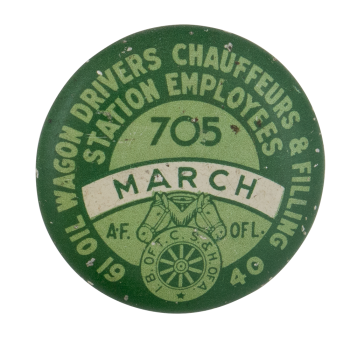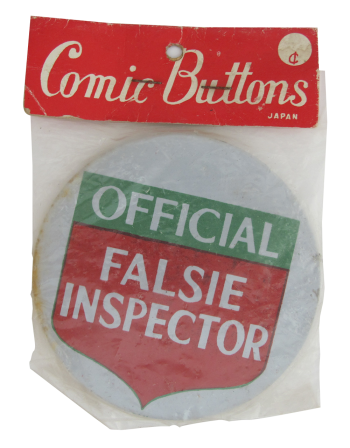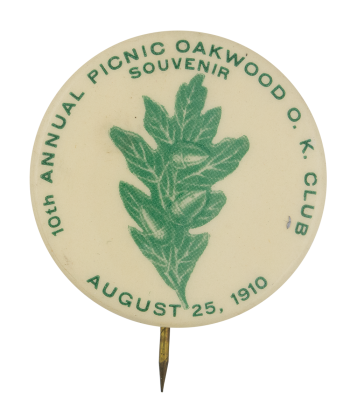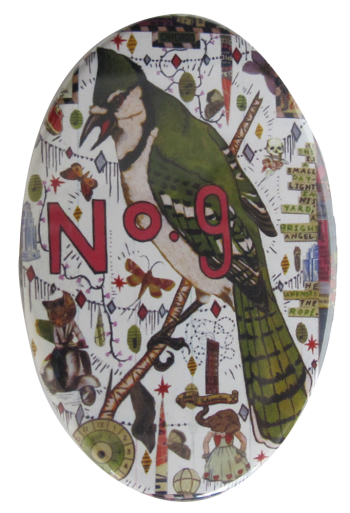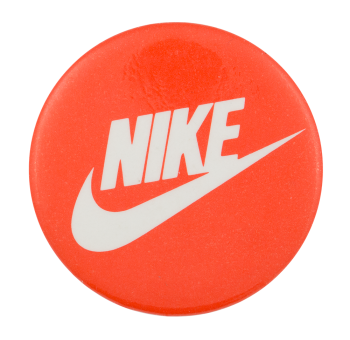Oil Wagon Drivers Chauffeurs & Filling
| Category | |
|---|---|
| Additional Images | |
| Sub Categories | |
| Text on Button | Oil Wagon Drivers Chauffeurs & Filling Station Employees 705 March 1940 AF. OF L. I. B. OF T. C. S. & A. OF A. |
| Image Description | Light green text on dark green background around the outer edge of the button with a light green inner circle with dark green text. There is a white banner across the middle with dark green text on it. |
| Back Paper / Back Info |
GREENDUCK CO. CHICAGO |
| Back Style | |
| The Shape | |
| The Size | |
| Year / Decade Made | |
| The Manufacturer | |
| Additional Information | Oil Wagon Drivers, Chauffeurs, & Filling Station Employees, Local 705, was a Chicago union affiliated within the International Brotherhood of Teamsters, Chauffeurs, Stablemen and Helpers of America and American Federation of Labor. After 1940, the International Brotherhood of Teamsters, Chauffeurs, Stablemen and Helpers of America changed its name to the International Brotherhood of Teamsters, Chauffeurs, Warehousemen and Helpers of America and is currently known as the International Brotherhood of Teamsters. By the 1940s, the union, especially Local 705, was considered the most abusive and corrupt unions in the US. |
| Catalog ID | CL0267 |

